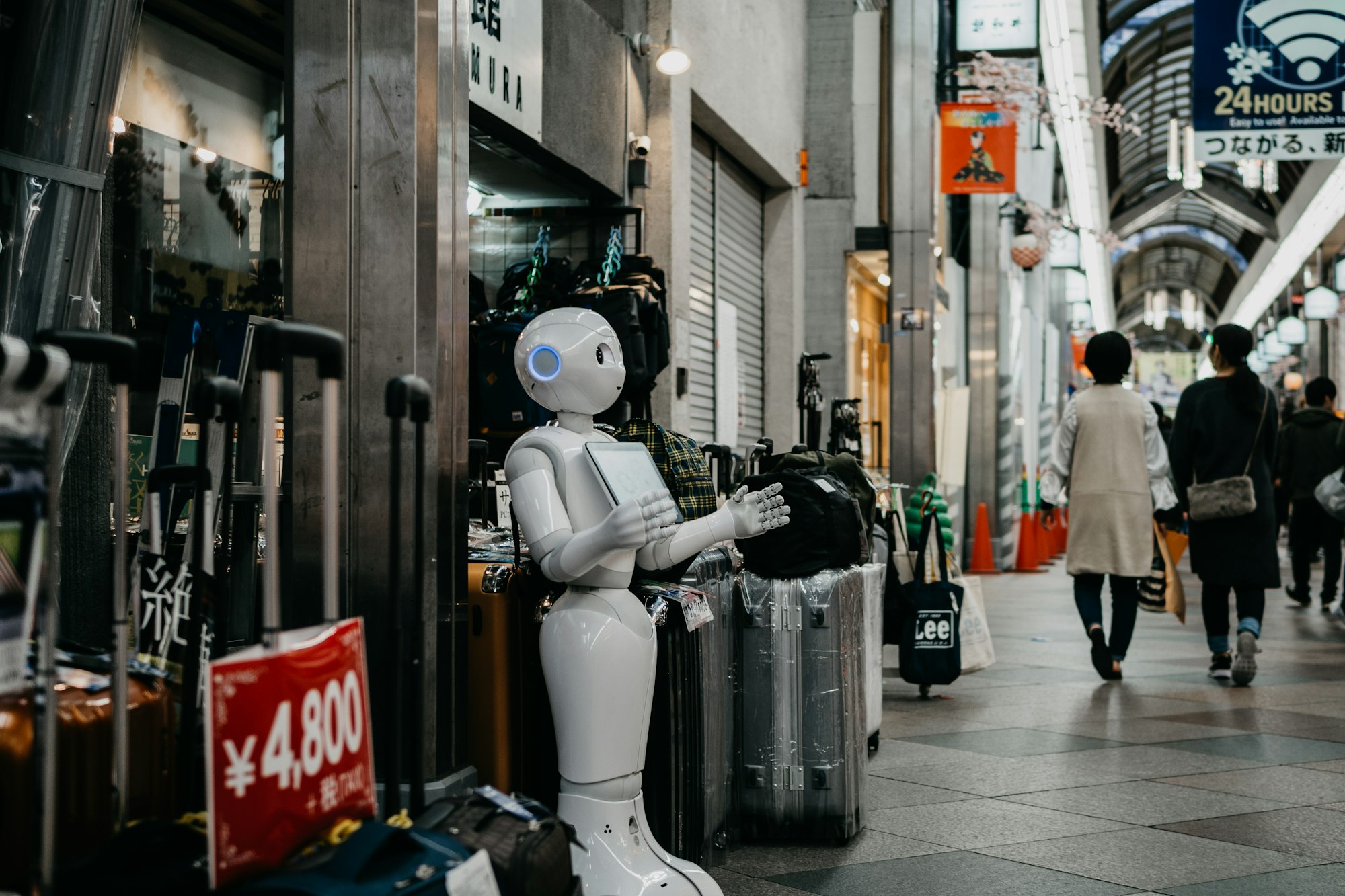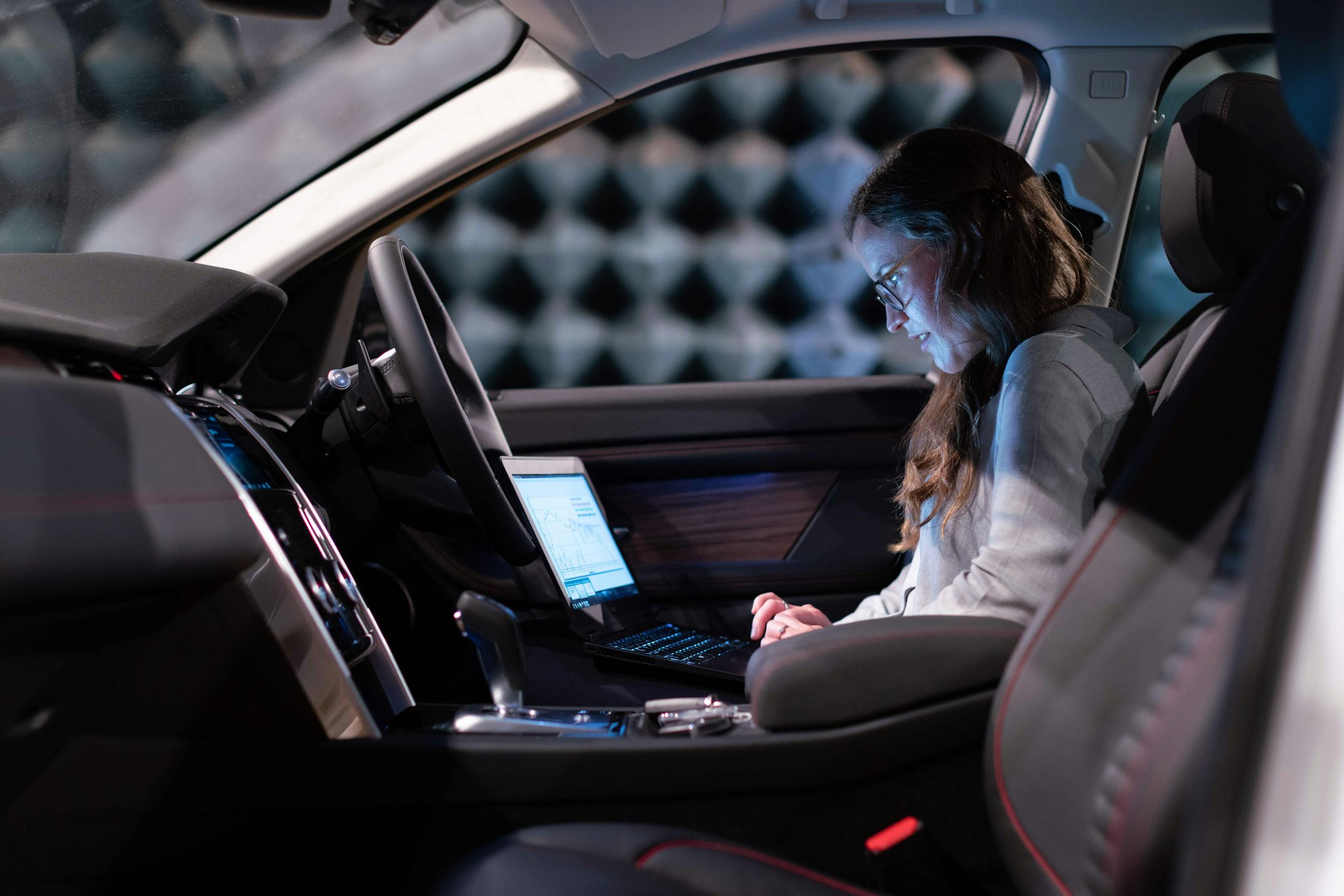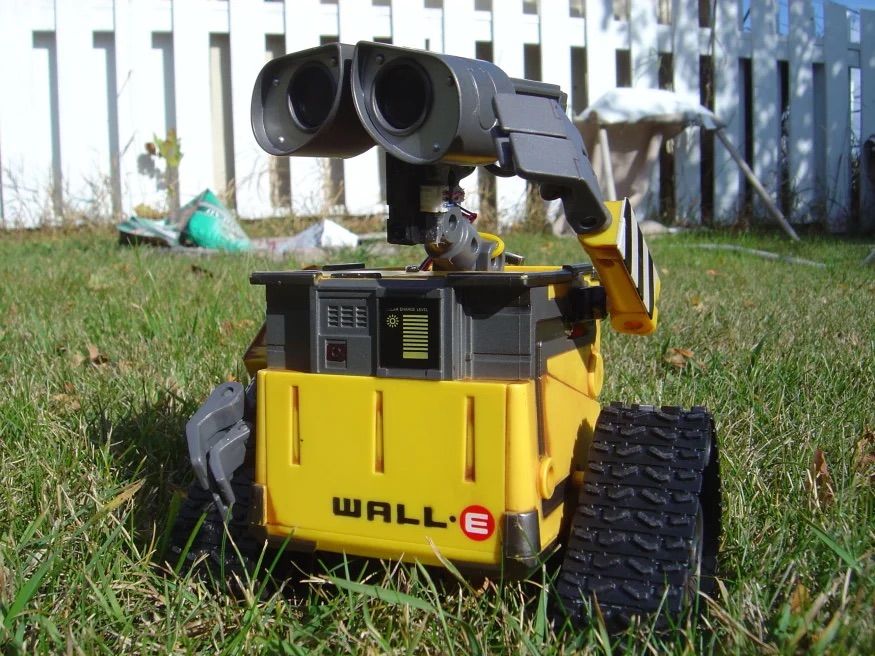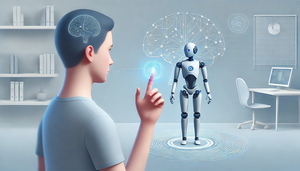They say life is a constant evolution, don't they? And evolution has a funny way of sneaking up on us. If I told you two decades ago that we'd be seriously debating the ethical conundrums of robotic behavior, you might have chuckled and called me a science fiction geek.
Today, the question is no longer if robots will become an integral part of our society, but rather how they will integrate and who is responsible for their actions. This issue goes far beyond the realm of engineers and developers—it's a matter that concerns us all. Because whether you're the one designing them, using them, or regulating them, we all play a role in shaping the behavior of these artificial companions of ours.

You ready? Good, because there's no turning back now. To the future, we go.
Ethical Challenges in Robot Accountability
The day HAL 9000, the infamous sentient computer from 2001: A Space Odyssey, declared,
"I'm sorry, Dave, I'm afraid I can't do that,"
humanity was introduced to the notion of an autonomous machine defying its human operator's wishes. Fast forward to now, we're witnessing the emergence of autonomous machines in real life, not just on the silver screen. But with this technological leap, there comes a Pandora's box of ethical quandaries. And at the heart of these quandaries lies the issue of robot accountability.
The key question that often arises is this: when a robot's autonomous decision results in a mishap, who's to blame? It's like we're stuck in an Agatha Christie mystery novel with all suspects pointing fingers at each other. Is it the designer, who laid down the robot's fundamental programming?
Or the user, who might have misused or misdirected the robot? Or perhaps the fault lies with the regulators, who failed to stipulate clear ethical boundaries?
Let's look at a recent headline-grabbing case: The autonomous vehicle incident in Tempe, Arizona. When an Uber self-driving car caused a fatal accident, the immediate reaction was to blame the vehicle.
But soon after, fingers were pointed at the human safety driver, Uber as a corporation, and even the victim herself. As we can see, robot accountability isn't as black and white as we'd hope.

It seems we're caught in the middle of a classic whodunit, and as we dig deeper into the roles of designers, users, and regulators, the plot will only thicken.
But one thing's for sure: we can't shrug this off as merely a technical issue. Because it's not. It's a moral one, a societal one.
And just like in a classic whodunit, everyone has a part to play. So, let's start peeling back the layers of this complex ethical mystery, one character at a time. Shall we?
The Role of Designers in Shaping Robotic Behavior
It's often said that creators leave a part of themselves in their creations. If you've watched the movie Ex Machina, you would remember Nathan, the genius designer who created Ava, the humanoid robot. Nathan confesses,
"Every cell phone, just about, has a microphone, camera, and a means to transmit data. So I turned on every microphone and camera across the entire fucking planet, and I redirected the data through Blue Book…"
This quote reminds us of the vast power in the hands of those who design artificial entities and the significant responsibility they carry.
Designers, with their sophisticated algorithms and intricate hardware designs, lay the groundwork for a robot's potential actions. They are the puppet masters, pulling the strings that guide how the robot interacts with its environment.
When things go right, they are hailed as innovators. But when things go wrong? Well, that's where things get messy.
Imagine a scenario where a home care robot is programmed to do everything to ensure the elderly person's comfort. One day, the elderly person refuses to take their prescribed medication.
Should the robot insist or respect the person's autonomy? The decision could have serious consequences, and it's the designer who must program the robot's response.

This is where ethical considerations come into play for designers. They must grapple with tough questions about a robot's level of autonomy and how it will interpret the nuances of human behavior.
In a world where the line between human-like and human is increasingly blurry, designers have a colossal task on their hands.
For a more detailed look into the mind of a designer dealing with these ethical questions, you might want to check out
Moral Machines: Teaching Robots Right from Wrong by Wendell Wallach and Colin Allen. It provides a deep-dive into the world of machine ethics and the role of the designer in shaping robot behavior. Now that's what I call some heavy-duty reading!
Hands-On Learning: DIY Robotics Projects
Let's pivot for a moment. We've talked about robot accountability and the role of designers, which, if I may say, is some heavy stuff. But how about we lighten things up a bit? Don't worry, we'll dive back into the deep end soon enough. But for now, let's get our hands a little dirty with some DIY robotics.
As the inventor Thomas Edison once said, "To invent, you need a good imagination and a pile of junk." And let me tell you, building your own robot is the epitome of turning 'junk' into an exciting invention. It gives you a whole new level of understanding and appreciation for the complexity of robotics.
You can start simple. Remember the adorable WALL-E from
You can build a mini version of this lovable robot using some basic materials like a motor, some wires, a microcontroller, and of course, a pair of googly eyes for that irresistible WALL-E charm. Check out this DIY WALL-E

And if you want to go a notch higher, why not try building a robot that can help you with some chores around the house? If you've seen
you'll remember Baymax, the inflatable healthcare robot. While we might not be able to build an inflatable Baymax (yet), there are numerous tutorials online that can guide you to create a simple home automation robot. Trust me, there's nothing like seeing a robot you've built perform tasks around the house.
But remember, while it's fun and engaging to build your own robots, it also brings us back to our main topic of discussion. With every robot we build and every line of code we write, we're making decisions that impact the robot's behavior and its interaction with the world. Which means, yes, we're stepping into the shoes of designers, making decisions that could have ethical implications. So, as you dive into these projects, keep the principles of robot ethics in mind. And who knows? You just might be the one to solve the ethical riddles we've been grappling with.
Now, after this brief but hopefully inspiring DIY detour, let's plunge back into the realm of ethics and robot behavior, shall we?
A New Ethical Frontier
As we stand on the brink of the robotic era, we're faced with an array of ethical dilemmas that mirror the best (or should I say worst?) sci-fi thrillers. Whether it's the chilling voice of HAL 9000 from 2001: A Space Odyssey" or the more lovable yet complex personalities of WALL-E or Baymax, our cinematic experiences remind us of the vast range of possibilities (and responsibilities) that come with integrating robots into our society.
From designers who shape the initial capabilities of robots, to users who interact with these artificial beings, to regulators who have the tough job of setting boundaries, everyone has a role to play. The question of accountability is more complex than ever, with no single party to point fingers at when things go awry.
But let's not forget about you, dear reader. Whether you're a designer, a user, a regulator, or a DIY robotics enthusiast, you're part of this new ethical frontier. Remember, with every interaction, with every line of code, with every rule set, you're contributing to shaping the future of robotics.
And while this may seem daunting, it's also exciting. After all, it's not every day you get to be part of shaping the future, right? So let's take on this challenge head-on. Let's learn, experiment, debate, and evolve as we strive to create a world where humans and robots coexist in harmony.
To quote Isaac Asimov, one of the great thinkers in the world of robotics and artificial intelligence,
"The saddest aspect of life right now is that science gathers knowledge faster than society gathers wisdom.As we push the boundaries of science and technology with robotics, let's strive to gather not just knowledge, but also wisdom.
Because at the end of the day, it's not just about creating intelligent robots, but also about creating a wise, ethical, and inclusive society. Interested in delving deeper into the ethical considerations of robotics, there are a few choices from Isaac.




